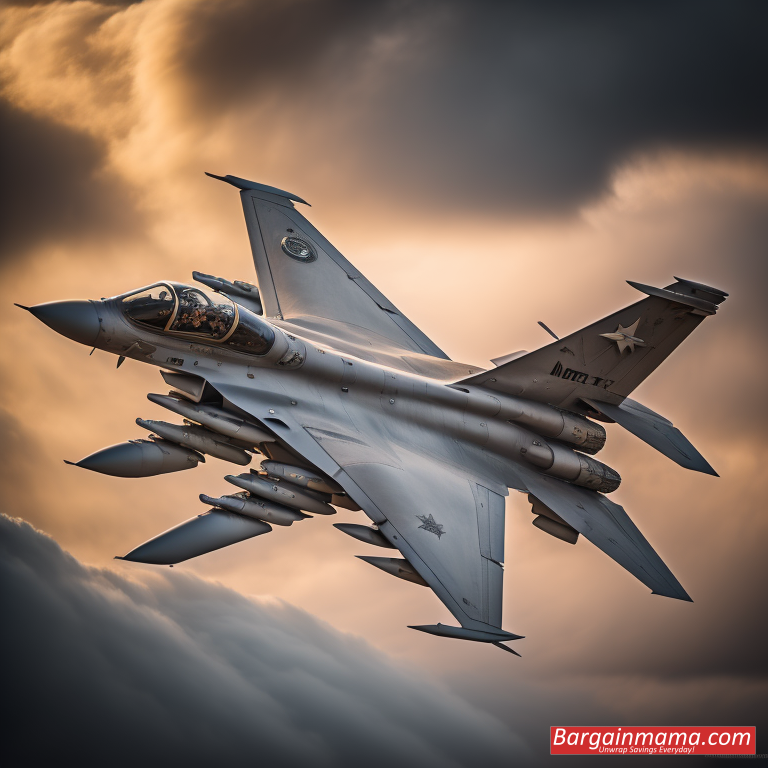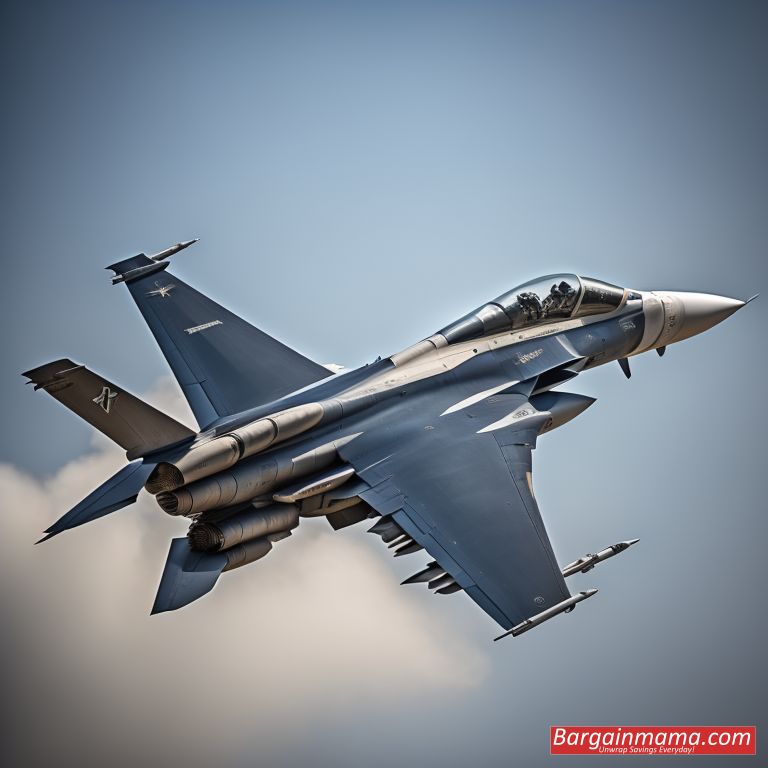Air Force Secretary Frank Kendall was on board an experimental F-16 fighter jet that was fully controlled by artificial intelligence (AI) in a momentous development. The event, which happened at the Edwards Air Force Base, represents a quantum leap in military aircraft technology, second only to the early 1990s introduction of stealth capabilities.
The Air Force’s dedication to incorporating AI into its operations is demonstrated by this display, which comes with plans to have over 1,000 AI-enabled unmanned warplanes in service by 2028. Despite persistent worries about artificial intelligence’s potential to change air combat, Secretary Kendall’s personal experience confirms this.

The AI-controlled F-16, called “Vista,” demonstrated its agility and combat skills in aerial combat scenarios by performing high-speed manoeuvres and dogfight simulations. Secretary Kendall emphasized the need to incorporate AI into military operations for national security and voiced confidence in the technology’s ability to make crucial judgments in combat.
Nonetheless, there is still opposition to AI-driven combat due to worries about the moral ramifications of autonomous weapons expressed by humanitarian organizations and experts in arms control. Human oversight’s place in AI-driven combat is still up for debate, with proponents highlighting the necessity for international laws and protections.
A mix of financial concerns, strategic benefits, and security worries is pushing the transition to AI-enabled aircraft. Traditional manned aircraft fleets face challenges from nations like China that are substantially investing in AI technology as geopolitical tensions escalate. The U.S. Air Force now has a financially and strategically sound option in the form of AI-controlled unmanned aircraft.

AI technology creates difficult ethical and strategic issues in addition to offering previously unheard-of prospects for military innovation. Policymakers, military chiefs, and advocacy organizations must negotiate these issues as AI develops further to guarantee the moral and appropriate application of AI in combat.



